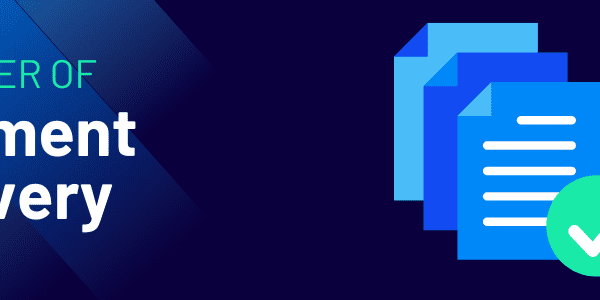Training is by far one of the biggest challenges to implementing a successful ERP. While the right solution can completely revolutionise the way you do business, for any ERP to succeed its users need to know how to harness it effectively.
Learning any software requires overcoming a number of hurdles. Read on to learn how to best manage training when implementing a new hire ERP.
Win over Hearts and Minds First
Before any trainings take place, it’s helpful to remember why you’re changing systems in the first place. Rewind to when you first started to discuss adopting a new ERP. At this point, you should be remembering that your staff will be the ones that make your new ERP a success. Don’t leave them out of the selection process. Instead, engage with them at all times and keep a steady line of open, two-way communication. By letting them feel like they are part of the journey, they will be more likely to buy into your new ERP at the initial stage.
Learn to Accept Different Priorities
It’s important to keep in mind that everyone inside your organisation has different priorities. What’s important to your commercial teams might never enter the mind of your site manager. But because site managers are responsible for hiring plant and tools, their input often affects what your commercial teams encounter at a higher level! To correct for this, get the right content marketed to the appropriate audience and understand that your new ERP will have multiple layers to it.
Deploy Training Teams
If you can’t spare the operational resources, consider bringing in a team of trainers. By having them come to your business, these professional can train your power users and develop helpful training materials. In addition, they can conduct useful workshops, toolbox talks, and roadshows that reinforce the benefits of your new ERP. Once your power users are sufficiently familiar with your new software, they can take over training new starters and refreshers.
Demonstrate the Need for Change
People are creatures of habit, and once they become familiar with a system, it can seem impossible to separate them. Citing the “if it ain’t broke, don’t fix it” axiom, users often resist change by instinct. While the tips contained in this blog post will encourage early adopters, don’t be afraid to work extra hard to win over the stronger characters in your organisation. Clearly and regularly demonstrate where improvements will be made and how it will make their lives easier. Sometimes all it takes to change someone’s mind is to show them a solution to a problem they have.
Use Incentives to Increase System Usage
Many companies struggle with user uptake, simply because change can be scary. Incentives can help solve this problem. Vouchers, food, and even the ability to leave a bit early show your employees that you value their participation. Simply put, incentives like these won’t cost you as much as dozens of employees refusing to change their work practises.
Tips For Great Training Materials That Work
- Create bespoke, step-by-step user manuals that can be easily shared company-wide via an Intranet
- Carry out comprehensive classroom training sessions and keep a record of attendees
- Incorporate User Acceptance Training (UAT) as part of the greater training process
- Produce a few bite-sized YouTube video tutorials
- Stage roadshows that demonstrate notable features and the need for change
- Offer online training via Skype and WebEx for people who are hard to reach
- Develop an FAQ
- Send out regular surveys to gauge where improvements are needed
Transitioning to a new ERP doesn’t have to be a headache. By following the training tips outlined in this blog post, your team will have all the knowledge they need to make the most of your knew ERP.





